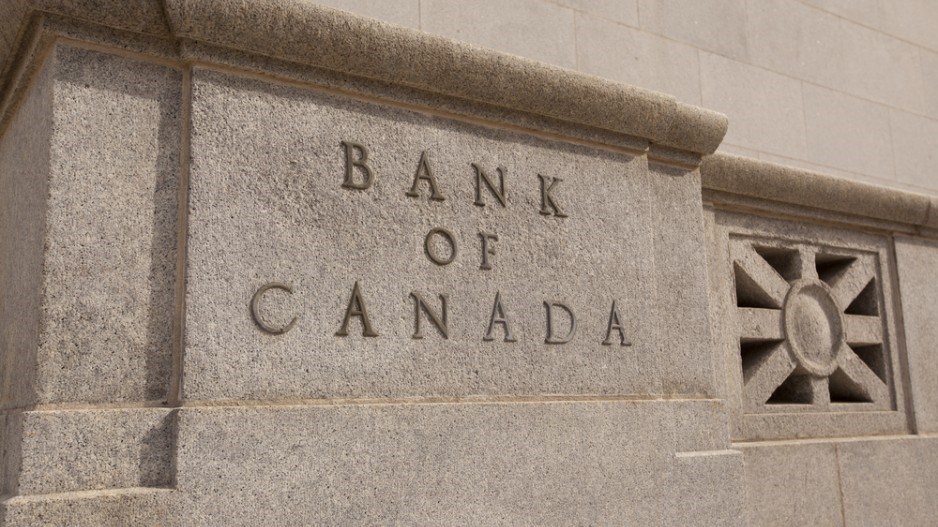The Canadian economy shrank in 2016’s second quarter, but the Bank of Canada said it expects a substantial rebound in the last half of the year. GDP in the second quarter took a hit from the Alberta wildfires in May. As well, exports were lower than projected. The central bank said it expects a rebound as rebuilding takes place in Alberta.
Financial vulnerabilities relating to household imbalances remain elevated and are rising, despite the slowing housing market in Vancouver.
Total CPI inflation remains below the target 2%, mostly due to lower energy prices. Core inflation has stayed around 2%, “reflecting offsetting effects of excess capacity and past exchange rate depreciation,” the Bank said.
The U.S. economy was weaker than expected in Q2, driven by a drop in business and residential investment.
It came as no surprise to analysts that the rate was left unchanged, but Douglas Porter, chief economist at BMO Financial Group, said the tone of the Bank’s statement has changed, becoming “notably more dovish than what was expected to be a blandly neutral effort.”
“To some extent, the Bank is simply acknowledging reality, but the remarks on exports and global growth are notably more cautious than in July,” Porter said.
“Even with the rebound in the latest monthly report, there is little debate that non-resource exports have been a disappointment this year, and the Bank has finally admitted that fact.”
@EmmaHampelBIV




